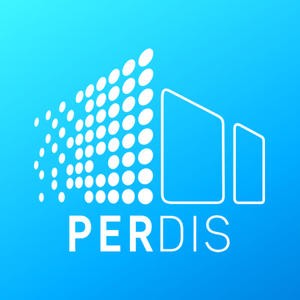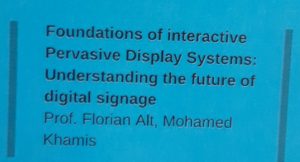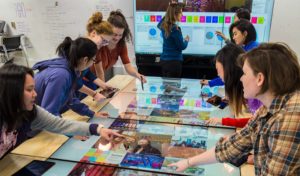As part of the IRES summer program in Munich, I attended part of PerDis, a conference on pervasive displays.
On the first day of PerDis, I went to the tutorial on Public Displays where we discussed examples of pervasive displays, their implications on our daily lives, and some design challenges associated with the displays.
My previous experience with the MultiTaction surface drew me to this tutorial. Since learning about tangible user interfaces, I was drawn to large displays and their role in ubiquitous computing.
Projects I contributed to with the MultiTaction included user collaboration in large-scale multi-device environments, using displays for education, and creating musical interfaces with the displays. I was able to see the unlimited possibilities in adapting these large displays into our daily lives.
At PerDis, I received feedback on my audio interface project with the MultiTaction surface, specifically in terms of collaboration. In general, multiple users must be able to interact with large public displays in order to ensure their ubiquity. Therefore, the problems of occlusion, orientation of content, and reach with multiple users on these large surfaces must be addressed.
One collaboration solution we discussed was marking where each user should stand when using the large display together to ensure each person has their own area. Designers can construct the environment around the displays to encourage collaboration.
Overall, this tutorial/discussion at PerDis was really relevant to my research and helped me think more critically about the implications of public displays in our lives. I am looking forward to continuing with my large display projects in the fall and for the rest of my experience this summer in this HCI lab!


